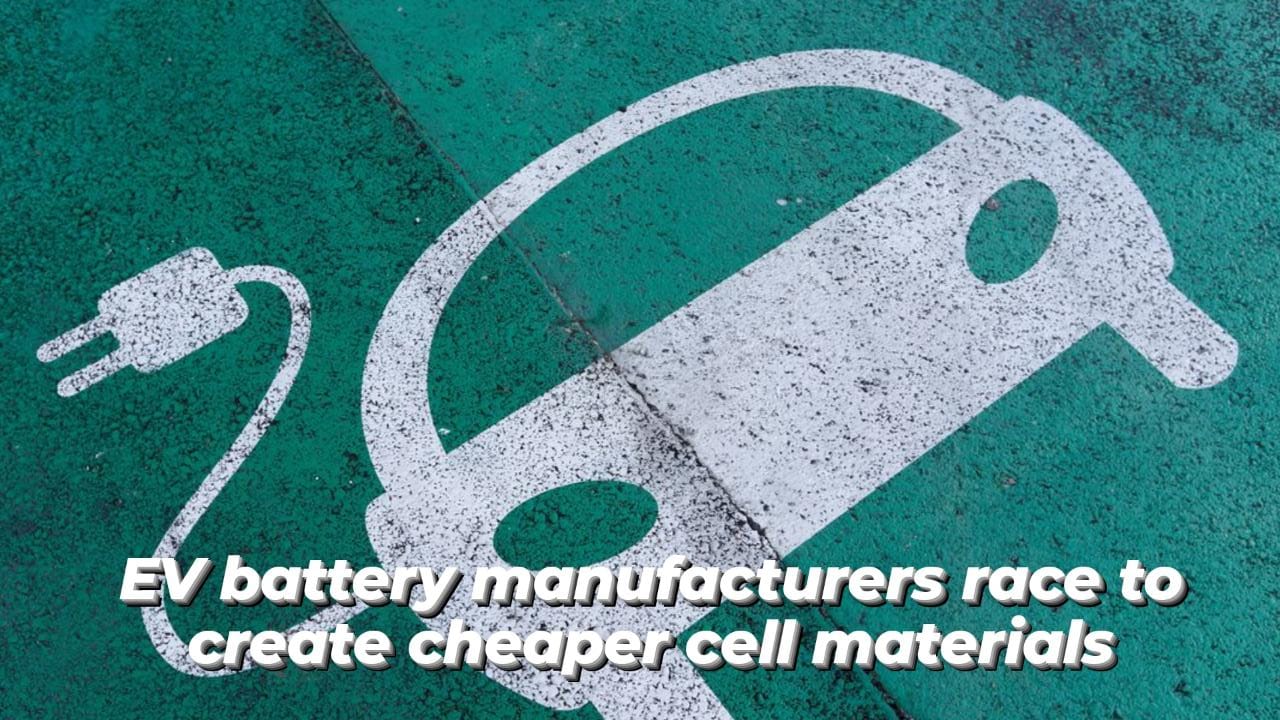
Startups in the United States and Europe are racing to develop new batteries utilising two abundant, low-cost elements — sodium and sulphur — that might erode China’s battery dominance, alleviate future supply bottlenecks, and pave the way for mass-market electric vehicles (EVs).
EVs today run on lithium ion batteries, which are largely constructed of lithium, cobalt, manganese, and high-grade nickel, the prices of which have skyrocketed. Western manufacturers are lagging behind their Asian competitors, and carmakers anticipate supply difficulties in the middle of the decade.
Future EVs, those arriving after 2025, may use sodium ion or lithium sulphur battery cells, which might be up to two-thirds cheaper than lithium ion cells today.
However, their promise is contingent on prospective electrochemistry advances by firms such as Theion in Berlin, Faradion in the United Kingdom, and Lyten in the United States.
Newer battery chemistries face challenges that must be overcome. Sodium ion batteries do not currently have enough energy storage capacity, while sulphur cells corrode quickly and do not last long.

Post Your Comments